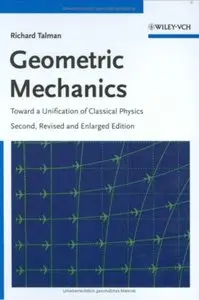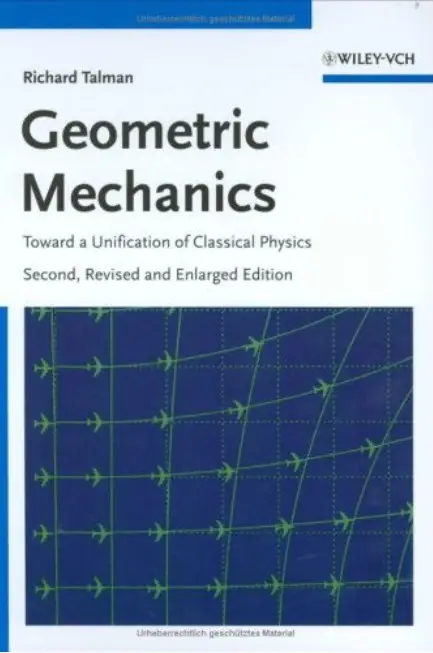Richard Talman - Geometric Mechanics: Toward a Unification of Classical Physics (2nd edition)
Published: 2007-07-10 | ISBN: 3527406832 | PDF | 605 pages | 10 MB
Mechanics is quite obviously geometric, yet the traditional approach to the subject is based mainly on differential equations. Setting out to make mechanics both accessible and interesting for non-mathematicians, Richard Talman augments this approach with geometric methods such as differential geometry, differential forms, and tensor analysis to reveal qualitative aspects of the theory.
For easy reference, the author treats Lagrangian, Hamiltonian, and Newtonian mechanics separately - exploring their geometric structure through vector fields, symplectic geometry, and gauge invariance respectively.
This second, fully revised edition has been expanded to further emphasize the importance of the geometric approach. Starting from Hamilton's principle, the author shows, from a geometric perspective, how "all" of classical physics can be subsumed within classical mechanics. Having developed the formalism in the context of classical mechanics, the subjects of electrodynamics, relativistic strings and general relativity are treated
as examples of classical mechanics. This modest unification of classical physics is intended to provide a background for the far more ambitious "grand unification" program of quantum field theory.
The final chapters develop approximate methods for the analysis of mechanical systems. Here the emphasis is more on practical perturbative methods than on the canonical transformation formalism. "Geometric Mechanics" features numerous illustrative examples and assumes only basic knowledge of Lagrangian mechanics.



